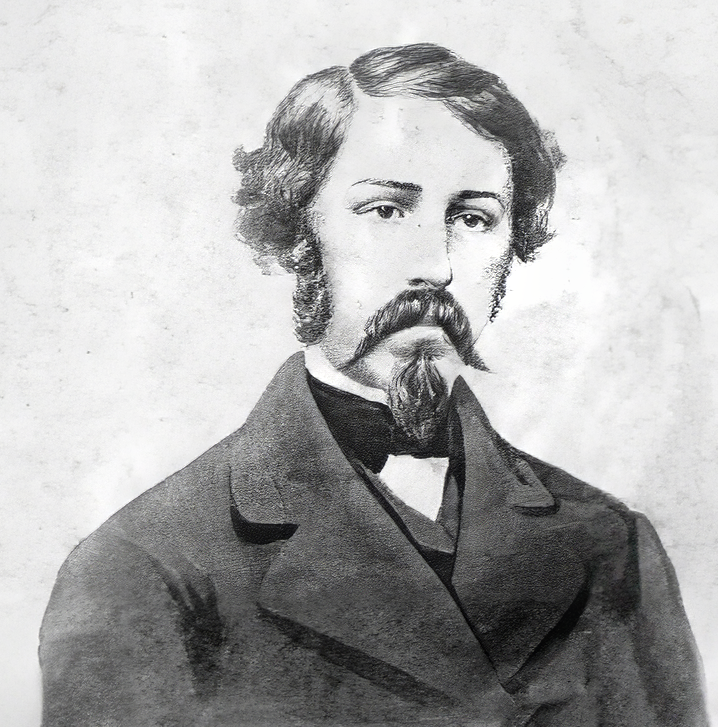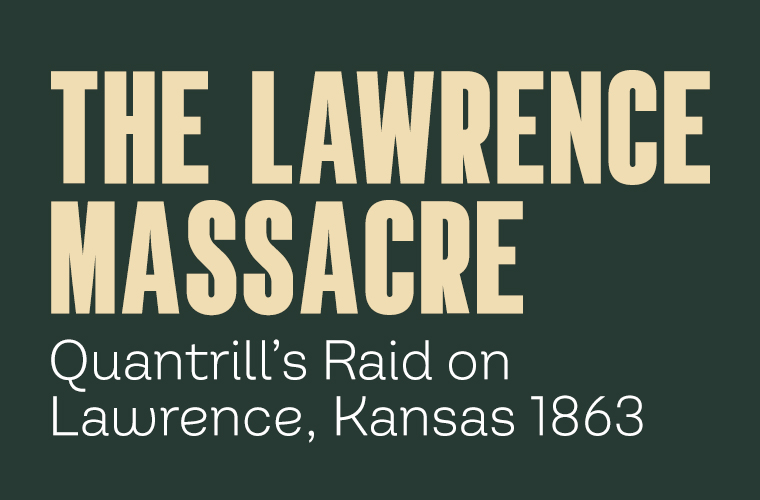The Lawrence Massacre, also known as Quantrill’s Raid, was a significant event during the American Civil War. It took place on August 21, 1863, in Lawrence, Kansas, and resulted in the death of around 200 civilians and the burning of a significant portion of the town. This brutal and devastating attack was carried out by William Quantrill and his band of Confederate guerrillas, and it left a lasting impact on the local community and the wider war effort.
Background:
The events leading up to the Lawrence Massacre were rooted in the deep divisions between pro-slavery and anti-slavery factions in Kansas during the Civil War. Lawrence, as a center of anti-slavery sentiment, was a target for pro-Confederate forces seeking to strike a blow against the Union cause. William Quantrill, a notorious Confederate guerrilla leader, saw an opportunity to wreak havoc on the town and its residents.
The Raid:
On the morning of August 21, 1863, Quantrill and his band of approximately 400 raiders descended on Lawrence under the cover of darkness. They quickly overwhelmed the town’s defenses and began a ruthless assault on its inhabitants. The raiders looted homes, set buildings on fire, and indiscriminately killed men, women, and children. The violence was swift and brutal, leaving a trail of destruction in its wake.

The Aftermath:
The aftermath of the Lawrence Massacre was one of shock and horror. The town lay in ruins, with many residents killed or injured and countless others left homeless. The atrocity sent shockwaves throughout the region and garnered widespread condemnation from both Union and Confederate leaders. The raid also fueled further animosity between pro-Union and pro-Confederate forces in Kansas, exacerbating the already volatile situation in the state.
Legacy:
The Lawrence Massacre had a profound impact on the course of the Civil War and the attitudes of those involved. It served as a stark reminder of the brutality and devastation wrought by the conflict, further polarizing public opinion and hardening resolve on both sides. The raid also underscored the challenges faced by civilians caught in the crossfire of war, prompting calls for greater protection of non-combatants.
Commemoration:
In the years following the Lawrence Massacre, efforts were made to commemorate the victims and honor their memory. Memorials were erected, and annual ceremonies were held to remember the tragic events of that fateful day. The legacy of the massacre continues to be remembered and studied as a somber reminder of the human cost of war and the enduring impact of historical conflict.
The Lawrence Massacre, or Quantrill’s Raid, stands as a harrowing chapter in the history of the American Civil War. Its brutal and senseless violence left an indelible mark on the town of Lawrence and its inhabitants, while also shaping broader perceptions of the war and its toll on civilian populations. The legacy of the massacre serves as a poignant reminder of the need for peace and reconciliation in the face of historical tragedy.

